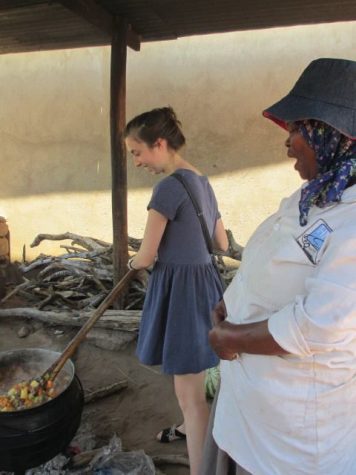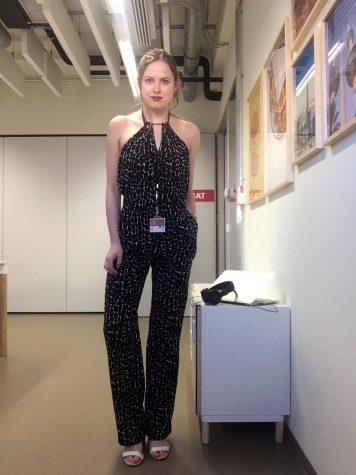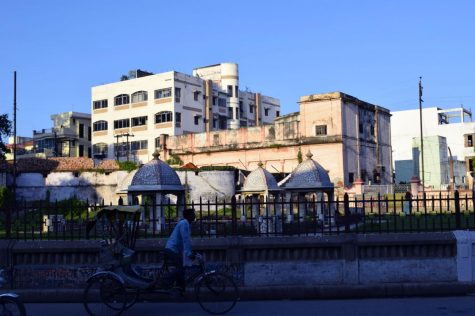DUBROVNIK: First days and hopes for life on the Adriatic
After a ten-hour plane ride, a three-hour layover, an hour and a half taxi drive and one very long night’s sleep, I am finally here and coherent enough to take in my surroundings. Right now I am sitting on my bedroom balcony over looking the vast medieval walls, lush green islands and white sand beaches of Dubrovnik, Croatia.
My name is Mary-Kathryn Dougherty, but anyone who’s met me knows I go by Kelley. I am a junior global studies major, and this semester I will be studying international diplomacy and business at Dubrovnik International University.
For anyone who may be wondering what Dubrovnik looks like, pay extra close attention to all the King’s Landing scenes the next time you’re watching an episode of Game of Thrones. Somewhere between Cersei saying something sassy, Tyrion being awesome, and Joffrey turning purple, check out the beautiful scenery behind them. Those red roofed stone buildings and sparkling blue Adriatic waters are going to be my home for the next three months, and while I may not have any psychotic Lannisters to keep me busy, I’m sure I’ll have no problem staying entertained in this charming and historical city.
Croatia is located on the Adriatic Sea across from Italy and is bordered by Hungary, Slovenia, Serbia, Bosnia Herzegovina, and Montenegro. Twenty years ago all of these countries, excluding Hungary, were a part of Communist Yugoslavia. Both economic and social issues drove this country to divide upon ethnic lines. Of course, when ethnic conflicts are involved, events are much more likely to escalate and turn extremely violent. Ruthless ethnic cleansing occurred on virtually all sides of the conflict, and deadly wars tore the Balkans apart. After almost a decade of the fighting the region reached a delicate peace that still holds today, but the scars of war run deep, whether they’re visible or not.
As someone who is interested in international relations and conflict resolution, it is understandable why this location would be appealing to me. After spending last summer in Spain, I was struck by how the remnants of that country’s past clung to its everyday life. It was very normal to walk to school and see a swastika spray painted to an ally wall, or to go shopping and pass the Communist Party’s headquarters. This made me wonder what the social and political atmosphere would be like in a country with an even more recent democratization, particularly one that included a significant conflict. This is what led me to select Croatia as my next study abroad destination. I plan to observe my surroundings and listen closely to locals over the next couple of months to develop a research paper that examines how a state’s history and path to democracy affects the way the democracy runs and how the people of that state perceive it.
I’m sure many think this sounds only slightly more exciting than watching paint dry, but I couldn’t be more excited about this opportunity to immerse myself into another country’s culture and leave with a better understanding of history, government, and people. I don’t know exactly what this trip has in store for me, but I know I’ve just set off on the adventure of a lifetime, and I couldn’t be more excited to take a few Hilltoppers along for the ride with me.








